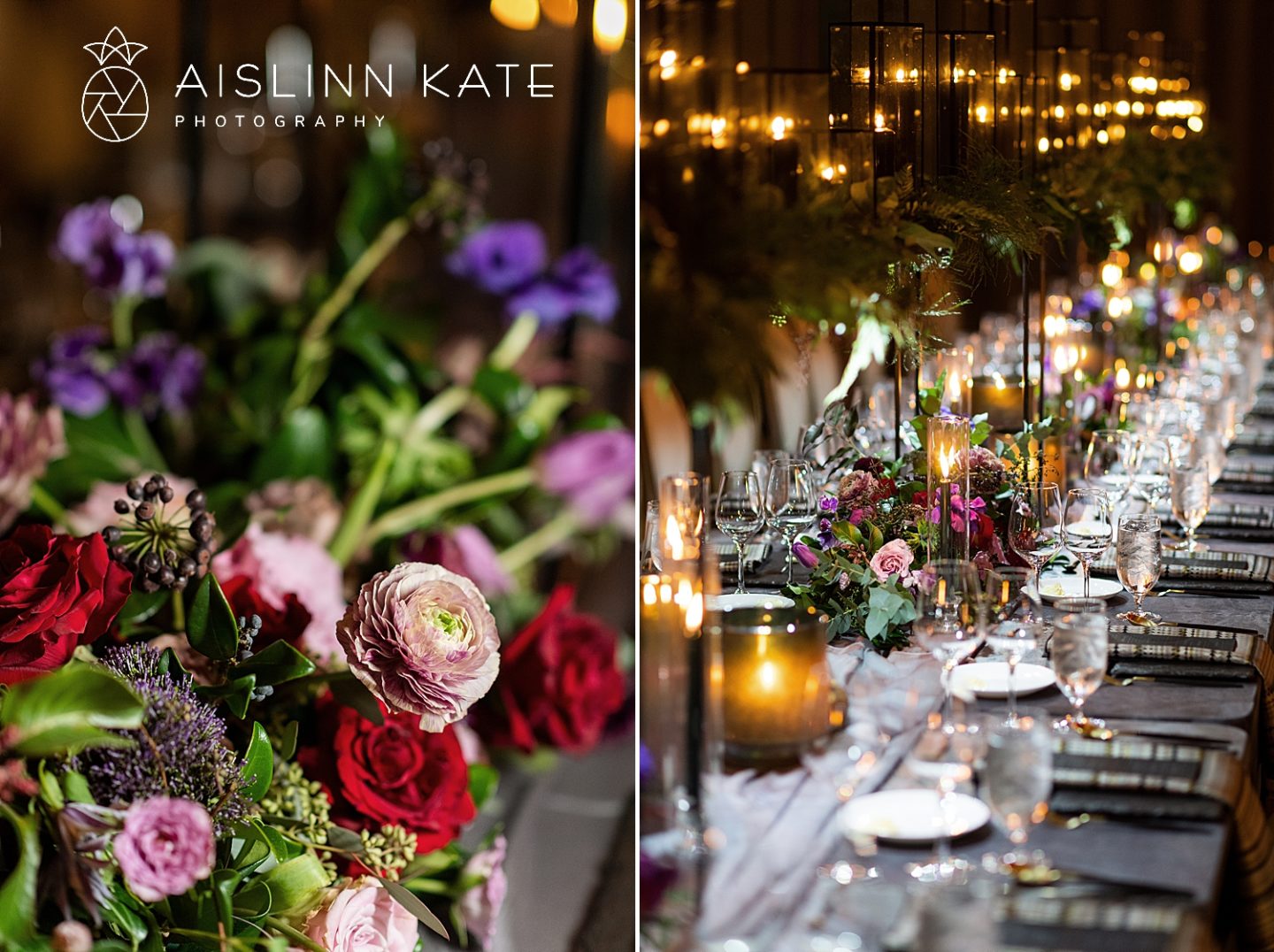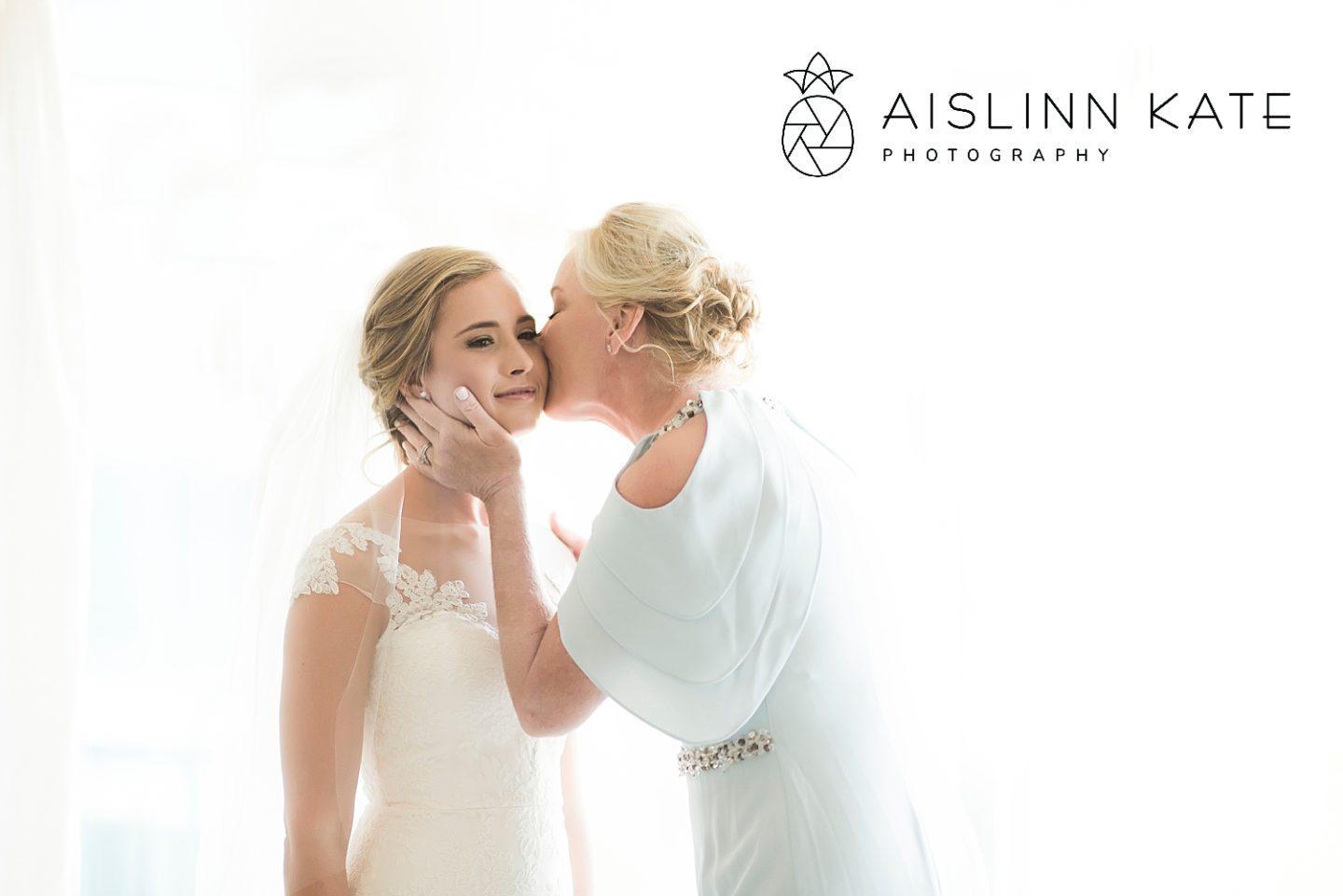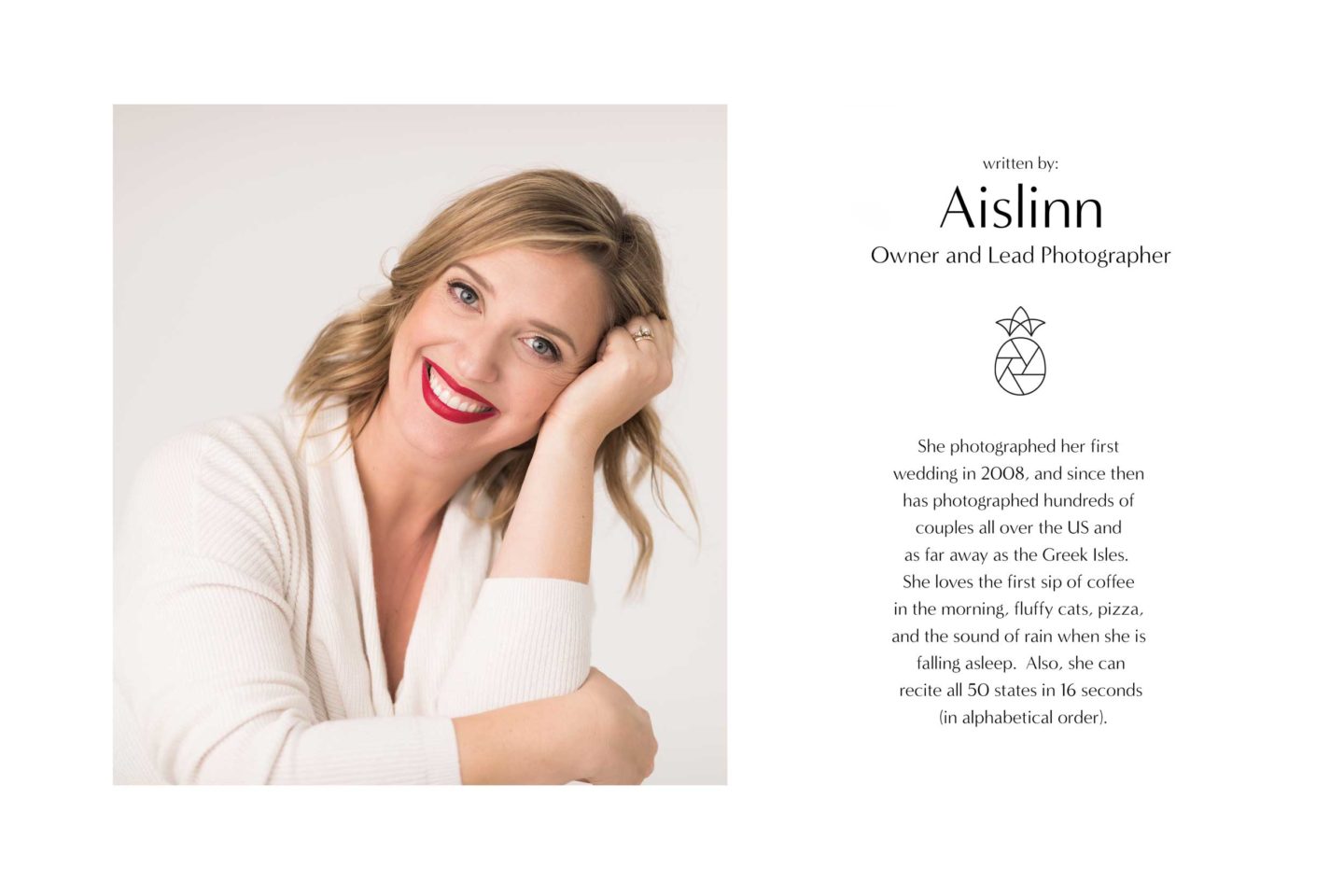Congratulations – you’re engaged! The ring is on your finger, phone calls to parents have been made, and celebratory photo posted to Instagram. But somewhere in this cloud of excitement, you hear the first question about your wedding: “Have you chosen the date?” And all of a sudden, the monumental task of planning a wedding looms. NOW WHAT?
Over the course of my career as a wedding photographer, I’ve spoken to hundreds of clients in the early stages of wedding planning, and most of the time the overwhelming feeling is feeling, well, overwhelmed. Wedding date, venue, guest list, budget, vendors – there are so many decisions to make and it’s tough to know where to even start.
1: SET YOUR PRIORITIES
Before you start thinking about budget, or specific vendors, or even dates, ask yourselves what the most important elements are to YOU. Maybe it’s the photography, because you love documentary art and want to make sure you capture images of every detail. Perhaps it’s location – every other detail aside, is it most important to you to be married on a windswept cliff in Greece, or a mountain in Utah? Several years ago, I photographed a bride who is a botanist, and flowers were her number one priority. I’ve met foodie couples who started with the menu and built the event out from there, and couples with huge families who cared more about having all 120 cousins in attendance than they did about the venue, and others who sharpened their pencil and invited only 25 people because they wanted to plan an ultra-fancy affair and treat their guests to once-in-a-lifetime luxury. There are NO WRONG ANSWERS, but starting with a firm grasp on this allows you to plan with a compass, guiding your decisions to support your priorities. Make a priority list, in order, of what you’re hoping to accomplish. THEN, and only then, start thinking about budget.

2: ESTABLISH A BUDGET
It would incredible if we could plan events based solely on our desires and not the bottom line, but wedding expenses add up quickly and it is absolutely essential to have a solid idea of how much you are planning to invest. Once you have a number range, it can be helpful to plug it into one of the countless online budget calculators, which will spit out an average breakdown per category (for example, if you enter $40,000, the calculators will approximate how the average bride would allocate that money – this much for flowers, that much for bar service, etc.). This is an incredibly helpful tool to get a sense of baseline costs. But now, refer back to your priorities list (step one!), and BREAK THE RULES. It’s a misconception to think that only brides with a huge budget can hire expensive vendors – decide what it most important to you, and invest in THAT. Some of our most expensive wedding collections have been booked by clients whose weddings were quite modest, but prioritized photography. I’ve also seen clients invest LOTS of money in a reception that featured a homestyle BBQ dinner for 500 guests, because they prioritized having as large of a guest list as they wanted over a gourmet meal. I’ve even seen clients spend 80% of their budget on plane tickets and photographer, opting for an intimate celebratory dinner in exchange for a remote ceremony in their favorite place in the world, with the photos to match. The point here is that budget is important, but it’s a fluid trade off between items you truly crave, and those you are purchasing simply because they’re part of a “wedding.” Don’t be afraid to spend your budget on what matters most to YOU.

3: MAKE A PRELIMINARY BUDGET
Finalizing a guest list is probably the most unexpectedly stressful piece of wedding planning. I remember this from planning my own wedding, and I hear it all the time from my clients. Here’s the thing to remember with guest lists – each additional person is a waterfall of additional considerations. Most tables seat 10 guests, so by adding 10 additional people, you’re actually adding a table, 10 chairs, a set of linens, a centerpiece, 10 more invitations and calligraphy, 10 more favors or welcome bags, a cake that can serve 10 more, and so on. I’m not advocating cutting your guestlist down – by all means, invite and be surrounded by all the people you love on your wedding day! But keep in mind, when planning and budgeting, that almost all wedding expenses are affected by the number of guests (not just catering and bar). There are some exceptions to this: your venue charge, photographer, filmmaker, planner are most likely static costs that won’t change if your guest list does. So even though you won’t be sending out invitations for months, a solid guest list is crucial when you are determining your budget and hiring your core vendors.

4: PICK A DATE AND VENUES
That’s right – these are one and the same task. Is your heart set on one specific venue that you can’t live without? Then have a handful of dates and be willing to be flexible in case that venue is already booked on your first choice. On the other hand, if there is only one day you’re willing to get married, and be prepared to be flexible with your venue choice. Most couples or somewhere in the middle, and I recommend gathering two or three dates that would work for you while when you’re venue shopping -that way, you can make sure both the date and the venue work together and finalize them both at the same time.

5: HIRE A PLANNER (OR DON’T!)
I’m a huge fan of wedding planners, for many reasons. Maybe you want a logistical planner, who can step in at any point and make sure everything runs smoothly (so all you and your family has to worry about on the day is getting married)? Or perhaps you want the full shebang, with a planner who leads you every step of the way with vendor appointments, creative elements, and guest experience? Either way, there is a planner for YOU, and many larger-scale wedding planners offer a full spectrum of services to make sure you are investing in what you need without paying for services you don’t. Don’t want a planner at all? Then do yourself a favor and designate a willing and responsible friend or family member to handle the logistics during your actual wedding day. Your vendors will appreciate having a point of contact (someone to ask where to place the flowers, or whether you want wine or beer, or which one is Aunt Sally?), and you will love getting to enjoy the day without stressing about all the little details.

6: LOCK IN YOUR CORE VENDORS
When you’re deciding which vendors to book right away, focus on those that can only serve as one client per day – your planner, venue, photographer, band. Most other vendors are built to be able to serve more than one wedding at a time, so the heat is off just a little bit when considering them. With your photographer, you can only be in one place per day, so lock in your first choice as soon as you can (I am usually the second or third vendor booked, right after the venue and maybe the wedding planner)! The same goes for any other vendors that you absolutely have to have. Move fast on what matters most to you, and then you can take a step back and enjoy the planning plateau, which happens after you book your core vendors, but before it’s time to start mailing invitations.



